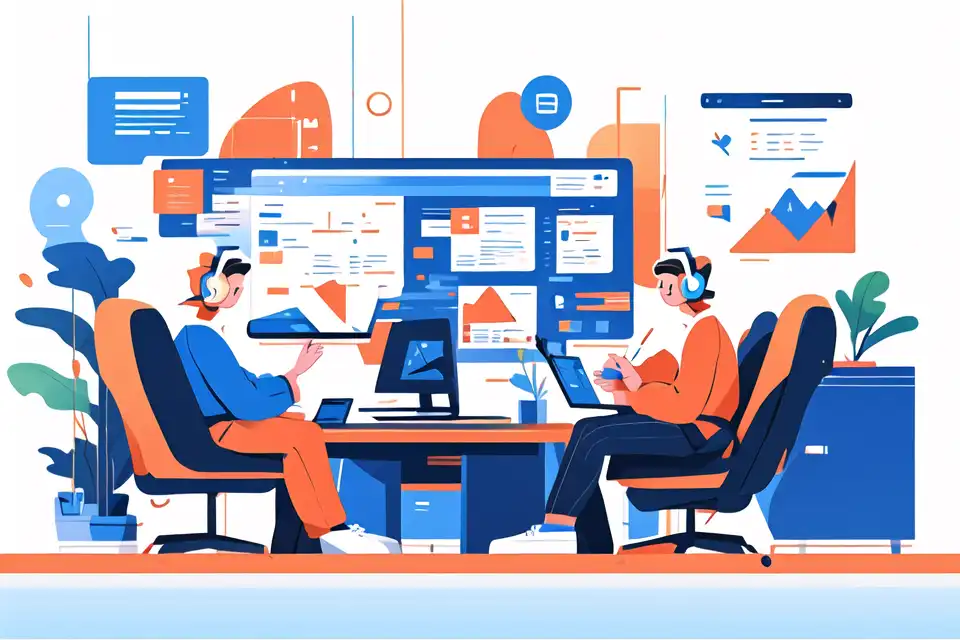Trade Creditors
Unlock the potential of trade creditors with the comprehensive Lark glossary guide. Explore essential accounting terms and relevant Lark solutions.
Try Lark for Free
Leverage the full capabilities of Lark Sheets to document, track and collaborate on your accounting projects initiatives.
What is trade creditors?
Trade creditors in the field of accounting refer to the suppliers or vendors from whom a company purchases goods or services on credit. When a company buys goods or services on credit, it becomes liable to pay the suppliers at a later date. These unpaid amounts owed to the suppliers are known as trade creditors.
Why is understanding trade creditors important?
Understanding trade creditors is crucial for accounting functions for several reasons. Firstly, trade creditors represent a significant portion of a company's short-term liabilities and impact its working capital. Proper management of trade creditors ensures the availability of necessary goods and services while maintaining a healthy cash flow.
Secondly, trade creditors play a vital role in financial reporting. Companies need to accurately record and report their trade creditors in their financial statements to provide a clear picture of their financial obligations. This information is crucial for investors, creditors, and other stakeholders to assess the financial health and liquidity of a company.
What are the key characteristics of trade creditors?
There are several key characteristics of trade creditors that are important to understand in accounting.
-
Payment Terms: Trade creditors have specific payment terms, which outline the period within which the company is expected to make payment. These terms can vary, ranging from immediate payment to several months.
-
Credit Period: Trade creditors usually allow a credit period during which the company can use the purchased goods or services before making payment. This credit period helps companies manage their cash flow effectively.
-
Interest Charges: In some cases, trade creditors may charge interest on overdue payments. It is important for companies to be aware of any interest charges associated with their trade creditors to avoid unnecessary costs.
-
Trade Discounts: Trade creditors may offer discounts for early payment or bulk purchases. These discounts can help companies save money and improve their profitability.
Get Lark Sheets Accounting Templates
What are some misconceptions about trade creditors?
There are a few common misconceptions or issues associated with trade creditors. Let's explore some examples:
-
Trade creditors are liabilities: While trade creditors represent amounts owed by a company, they are not classified as liabilities in the traditional sense. They are considered short-term obligations and are reported separately from long-term liabilities.
-
Trade creditors are always negative: Trade creditors can be both positive and negative for a company. On one hand, they allow companies to purchase goods or services on credit, which can be beneficial for cash flow management. On the other hand, high trade creditor balances can indicate potential liquidity issues or strained supplier relationships.
-
Trade creditors are always reliable: While trade creditors are essential for the functioning of many businesses, there can be instances where suppliers fail to deliver goods or services as agreed. It is important for companies to assess the reliability and financial stability of their trade creditors to mitigate potential risks.
Accounting best practices on trade creditors
To ensure proper management of trade creditors, businesses should follow these best practices:
- Regularly reconcile trade creditor balances with supplier statements to identify any discrepancies.
- Maintain accurate records of purchases, invoices, and payments related to trade creditors.
- Establish clear communication channels with suppliers to address any payment or delivery issues promptly.
- Negotiate favorable payment terms and discounts with trade creditors to optimize cash flow and profitability.
- Implement robust internal controls to prevent fraudulent activities related to trade creditors.
Get Lark Sheets Accounting Templates
Actionable tips for trade creditors in accounting
Best Tip 1: Maintain a centralized database of trade creditors
Create a centralized database to store all relevant information about trade creditors, including contact details, payment terms, credit limits, and any special agreements. This will help streamline communication and ensure easy access to essential information when needed.
Best Tip 2: Monitor trade creditor aging regularly
Regularly review the aging of trade creditor balances to identify any overdue payments. This will help in managing cash flow effectively and avoid any penalties or interest charges associated with late payments.
Best Tip 3: Build strong relationships with trade creditors
Nurture strong relationships with trade creditors by fostering open communication, honoring payment commitments, and resolving any issues promptly. Building a positive rapport with trade creditors can lead to better credit terms, discounts, and improved overall business relationships.
Related terms and concepts to trade creditors in accounting
Related Term or Concept 1: Accounts Payable
Accounts payable is a broader term that encompasses all short-term obligations a company owes to its suppliers, including trade creditors. It represents the total amount of money owed to suppliers for goods or services purchased on credit.
Related Term or Concept 2: Credit Terms
Credit terms refer to the conditions and timeframes within which a buyer is expected to make payment to a supplier. These terms typically include the credit period, payment due date, and any applicable discounts or penalties.
Related Term or Concept 3: Working Capital
Working capital is the measure of a company's short-term liquidity and ability to meet its current obligations. Trade creditors are an important component of working capital as they represent the company's unpaid obligations to suppliers.
Get Lark Sheets Accounting Templates
Conclusion
Understanding trade creditors is crucial for accounting functions as they impact a company's working capital, financial reporting, and overall financial health. By following best practices and implementing actionable tips, businesses can effectively manage trade creditors, optimize cash flow, and maintain strong relationships with suppliers. It is important for companies to continuously monitor and review their trade creditor balances to ensure timely payments and avoid any potential issues.
Leverage the full capabilities of Lark Sheets to document, track and collaborate on your accounting projects initiatives.








